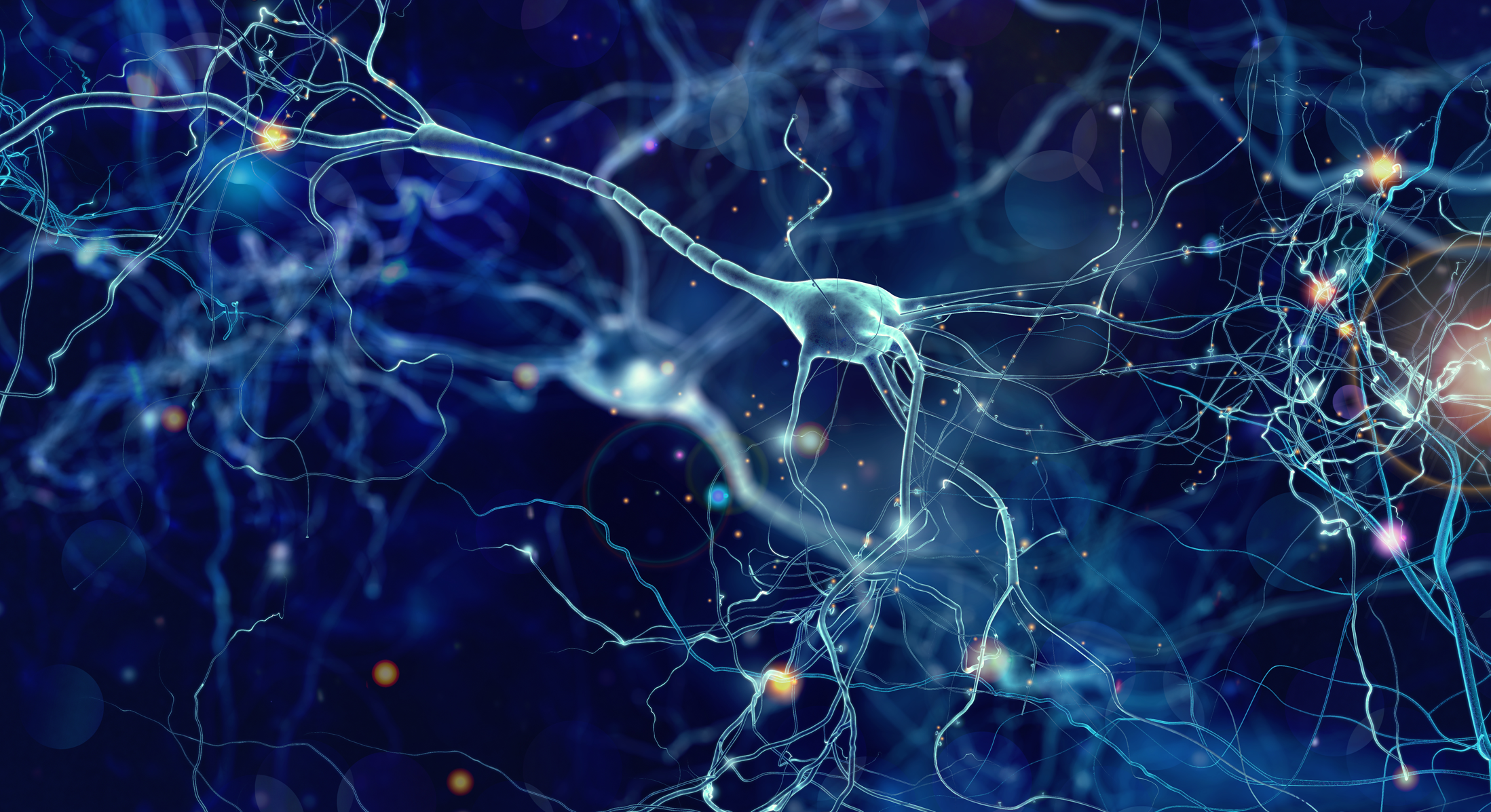The enteric nervous system (ENS) is organized into complex neuronal circuits that regulate gut homeostasis through crosstalk between brain-derived signals, the gut microbiota, the endocrine and the immune system. Although probiotics constitute a promising strategy for altering intestinal motility, a limited amount of research has looked in-depth at their effects on enteric neurobiology.
New mice research from scientists working at Atlanta VA Medical Centre at Emory University and the University of Michigan reveals that the probiotic Lactobacillus rhamnosus GG releases formylated peptides that modulate enteric neurons and accelerate gastrointestinal motility.
Chandrasekharan and colleagues explored the effects of L. rhamnosus GG (LGG)—a member of the normal gut microbiota widely used as a probiotic—on ENS and gastrointestinal motility in both germ-free and conventionally raised mice.
The study of intestinal tissue revealed that acute gavage of LGG (at 1010 colony forming units) increased the production of reactive oxygen species leading to phosphorylation of the intracellular kinase MAPK1 in the myenteric plexus. These changes were accompanied by the remodeling of ENS circuits, as observed by an increase in the number of cholinergic neurons that innervate the muscular layer of the ileum.
In contrast, none of these changes were observed when an adhesion mutant strain of LGG was used, nor when LGG was administered together with the antioxidant N-acetyl cysteine. Thus, it seems that the acute effects of LGG on enteric neuronal signaling pathways occur in a contact- and redox-dependent fashion.
In an attempt to unravel the underlying mechanisms behind the effects of LGG on ENS, the authors administered formylated peptides to mice. These peptides can be produced by commensal gut bacteria and they stimulate enteroendocrine and enteric glia cells. The enteral administration of formylated peptides reproduced changes in the ENS driven by LGG, while such effects were not observed when LGG was administered to mice lacking the FPR1 surface receptor for formylated peptides, expressed on enteric neuronal cells.
Finally, daily gavage of LGG either for 1 or 2 weeks in conventionally raised mice led to an increase in stool frequency and a reduction in gut transit time, together with an increase in contractions of circular ileal muscle strips.
Taken together, these results suggest that LGG alters gut motility through contact with epithelia and redox-related mechanisms and by producing formylated peptides that signal through formyl peptide receptors on enteric neuronal cells to shape ENS structure and function.
These findings show the plasticity of the ENS and the role of the gut microbiota as an integrated element of ENS, which combines with intrinsic and extrinsic innervation to alter colonic motility. This research thus opens the way to potentially using probiotics to target the adhesion of commensal gut bacteria to the epithelia and the production of reactive oxygen species and receptors for formylated peptides on enteric neuronal cells. As such, this may help show the potential of probiotics for treating disorders with decreased gastrointestinal motility such as Parkinson’s disease, autism, and constipation-predominant irritable bowel syndrome, which have all been linked to imbalances in the gut microbiota.
Reference:
Chandrasekharan B, Saeedi BK, Alam A, et al. Interactions between commensal bacteria and enteric neurons, via FPR1 induction of ROS, increase gastrointestinal motility in mice. Gastroenterology. 2019; 157(1):179-92. doi: 10.1053/j.gastro.2019.03.045.


